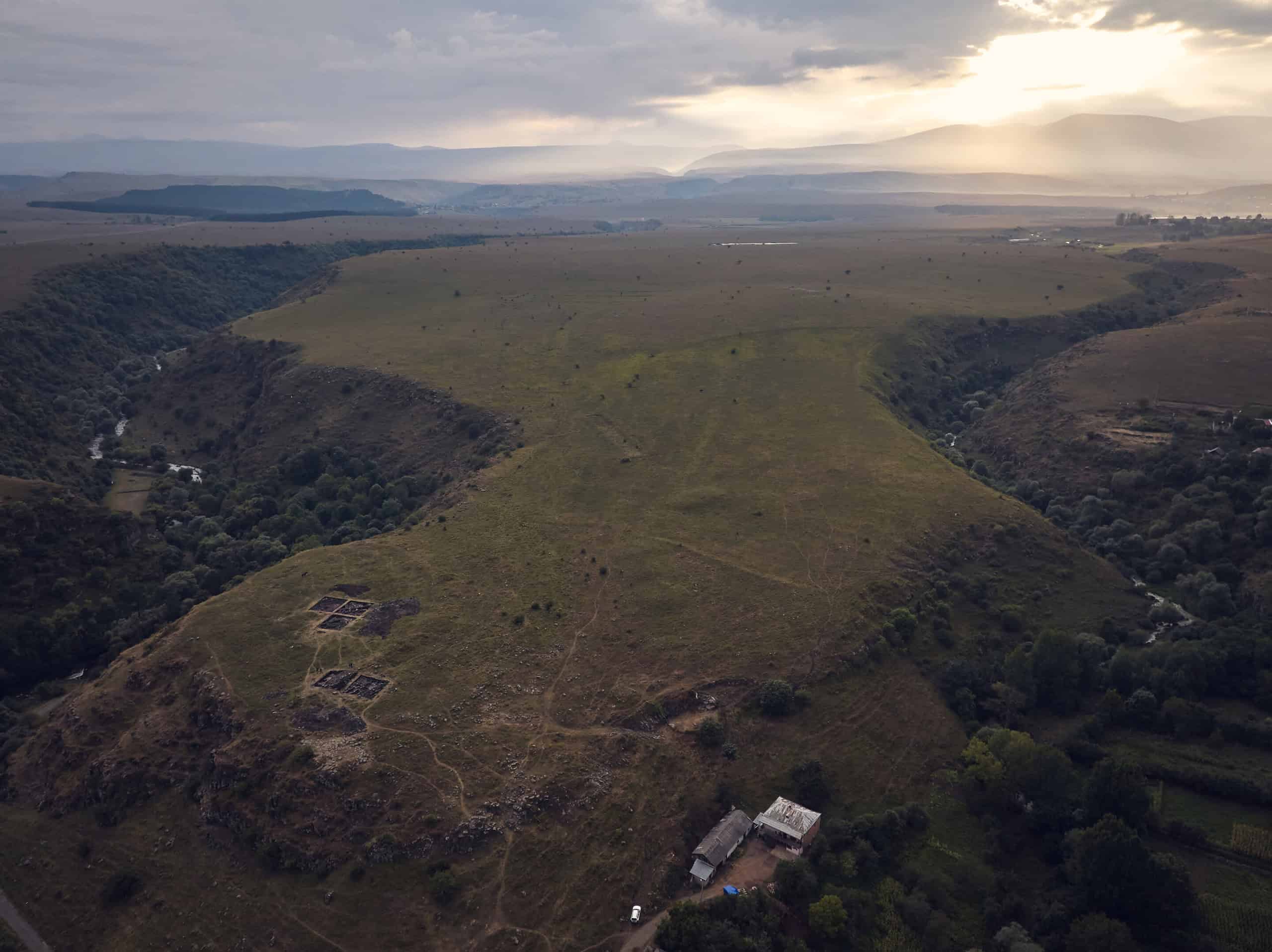
The UK experienced a record-breaking heatwave in July 2022
DAMIEN MEYER/AFP via Getty Images
We should brace for worse-than-expected heatwaves in the years ahead, as climate models are underestimating the potency of these events in some areas, including the UK and northern France, southern Australia and northern Canada.
As the world warms further, these and other areas could see extremes of heat that outpace those climate models are projecting, says Kai Kornhuber at the International Institute for Applied Systems Analysis in Austria.
“Extreme event projections should be considered as conservative estimates,” says Kornhuber. “What we have to prepare for is likely more extreme than what the models provide us with.”
If the frequency of daily maximum temperatures that occur over time in one place are plotted, the resulting distribution should be something like a classic bell curve, with most temperatures clustered around the average and a few extremes further from the average. If the average temperature increases over time, the entire bell curve will shift sideways.
However, global warming can make extreme heat occur more often or get even hotter than would be expected from the increase in average temperature alone. This means the bell curve is squashed and widened.
It is these more extreme heat events that have the biggest impacts, says Kornhuber. “They can be unprecedented, and local societies or ecosystems are not prepared for them.”
And exceptional temperatures don’t just lead to hotter summer heatwaves, he says. They also occur at other times, for example leading to earlier springs and snowmelt.
What Kornhuber and his colleagues did is look at how such bell curve distributions have widened around the world based on recorded temperatures between 1958 and 2022. They then simulated this period in the latest climate models, and compared the recorded trends with the simulated ones.
While the models did fairly well overall, the team found that in some specific regions heat extremes were getting much hotter than in the model simulations.
“That’s not too surprising because these extreme extremes usually arise from very complex feedbacks that are extremely challenging to model,” says Kornhuber.
For instance, some extreme weather events are linked to weather systems becoming stuck in one place, meaning heat or rain persists for much longer. These blocking events are becoming more common because of how warming is affecting the northern polar jet stream, a high level wind that influences the movement of weather systems in parts of the northern hemisphere, such as the UK.
Another feedback is the drying of soils. This means temperatures during heatwaves can rise much higher because the ground surface is no longer cooled by evaporation. Models do include soil moisture, but the complexity of the land surface makes it difficult to properly reflect this factor.
“What our study points towards is that some processes that are responsible for the most extreme events might be underestimated to some degree,” says Kornhuber.
Topics:









Leave a Comment